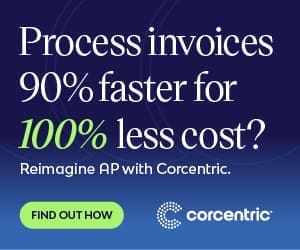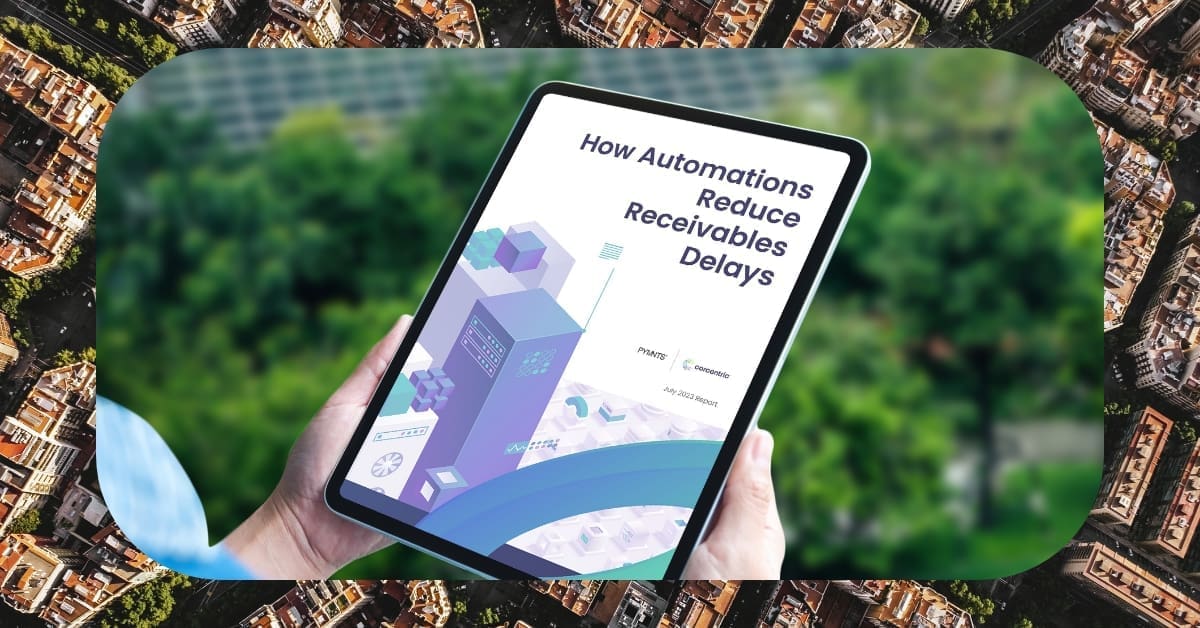Optimizing Operational Performance With Fleet Solutions Software
Corcentric

FLEET TOLL COVERAGE
The rising prominence of fleet solutions software demands that financial executives diligently explore methods to optimize operational performance and maximize return on investment. While many executives expect that simple implementation of software solution will automatically improve efficiency and cost savings, often the tangible benefits of such solution are not achieved without structured and thoughtful approach.
The move to software-driven fleet solutions is often part of larger organization initiative to modernize and digitize procedures. There are several steps executives can take to ensure an effective transition, the first being defining the areas of expertise and workflow that the software is intended to improve. Once the business areas in need of improvement have been identified, executives should develop strategy to ensure compatibility of the software with the existing organizational infrastructure. As part of this, executives should take close look at current procedures, determine the needs of the fleet solutions software, and revise or restructure as necessary. By doing this, executives will surface areas of potential operational improvements, helping to avoid inefficiencies during the transition process.
In addition, financial executives should ascertain the total cost of ownership of the new fleet solutions software, which includes anything from subscription fees to installation costs to regular maintenance. Accounting for all of these elements, it is possible to accurately estimate the period of time before the software will be pay for itself, and associated cost savings can be realized. As part of evaluating the cost of ownership, it is prudent to obtain total feature set of the software, compare that against the usage need, and determine if all feature sets will be necessary.
Once the software solution is reliable and efficiently integrated into the organization, there are range of metrics that can be monitored to measure performance. Key performance indicators (KPIs) such as savings on costs and time of operations, increased reporting accuracy, and streamlining of processes will indicate the level of performance and whether the software is indeed contributing to the goals defined by the organization.
At the end of the day, carefully managed move to fleet solutions software and an effective strategy for implementation can lead to improved operational performance and cost-savings for the business. By investing the time upfront, executives are able to ensure the most streamlined system are in place and the highest possible return on investment.

